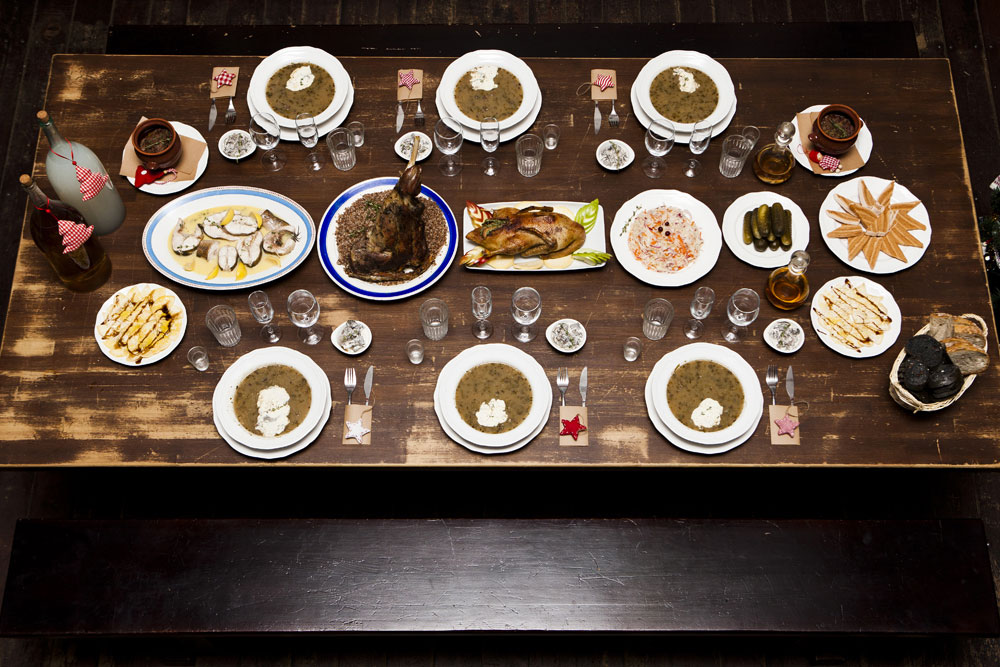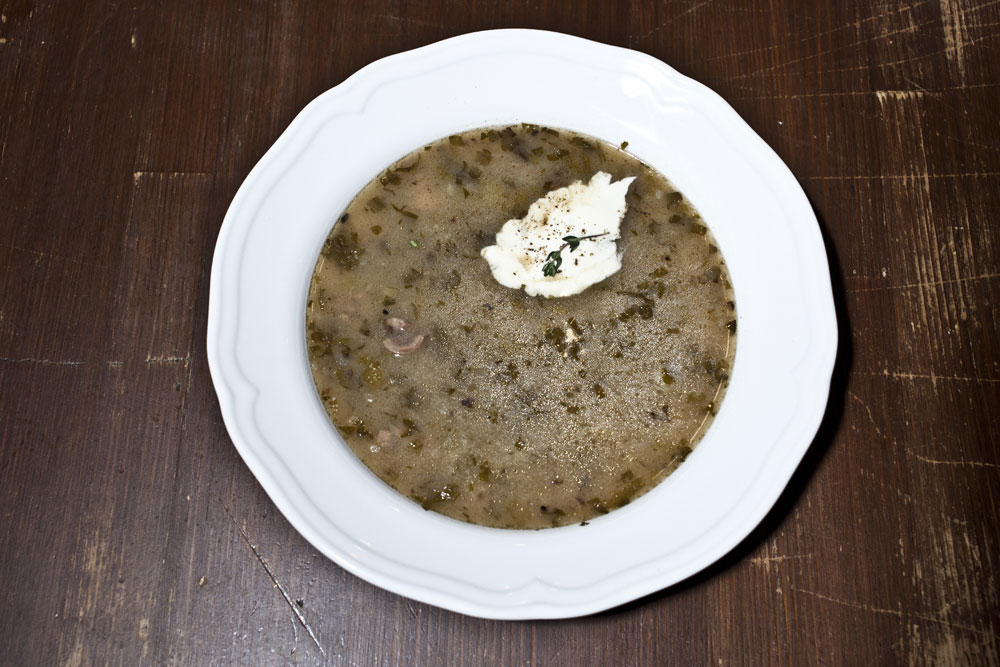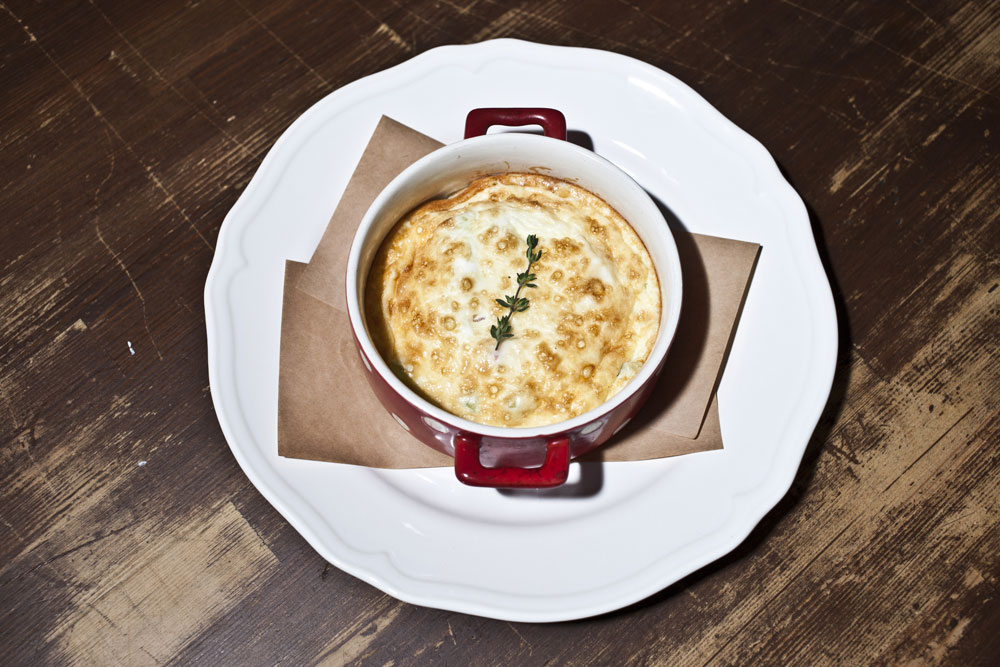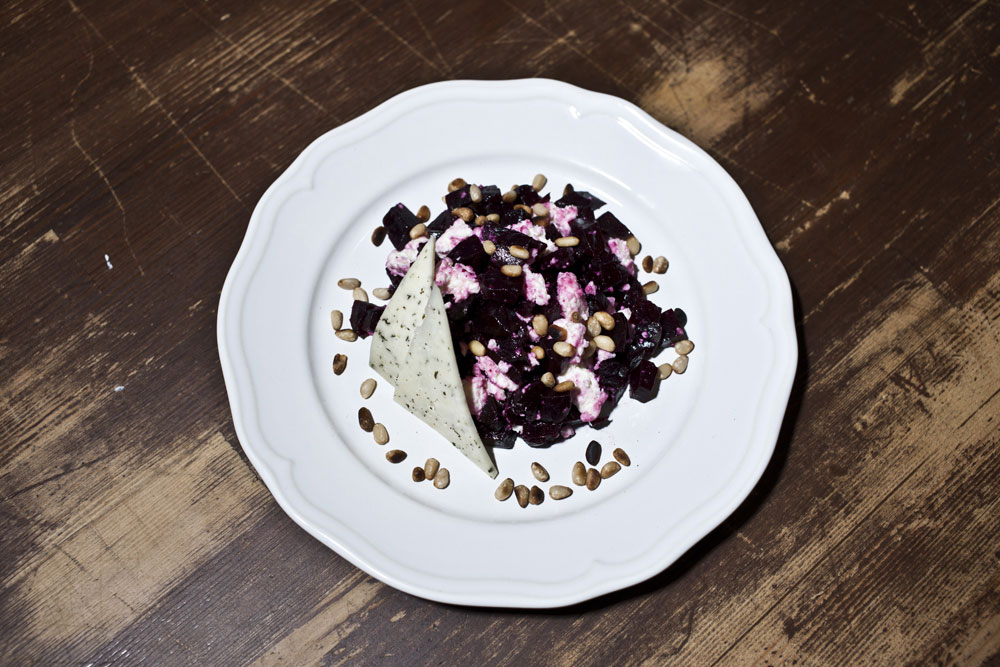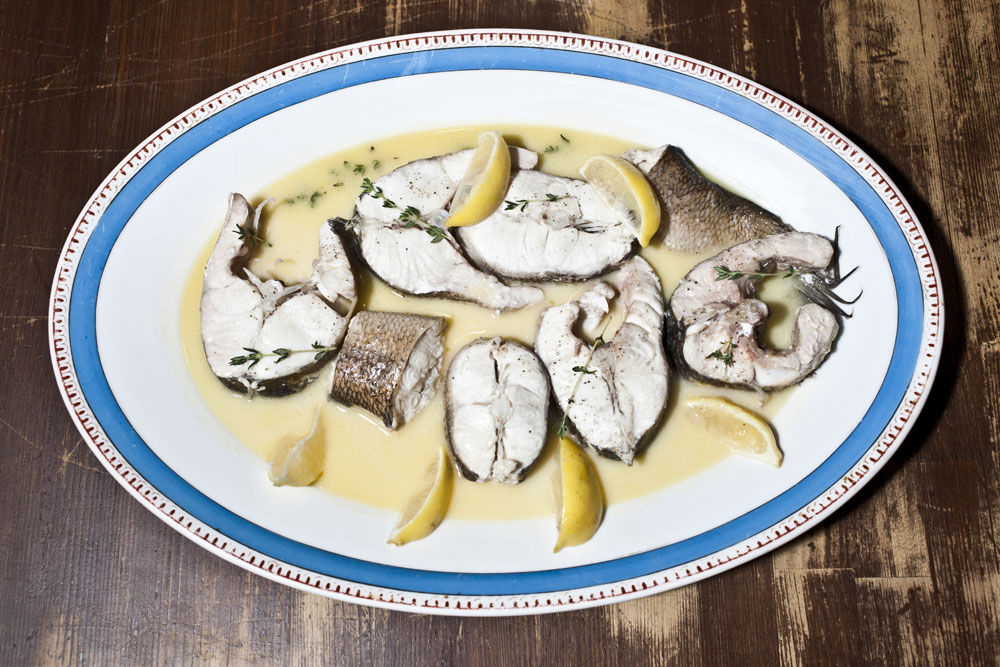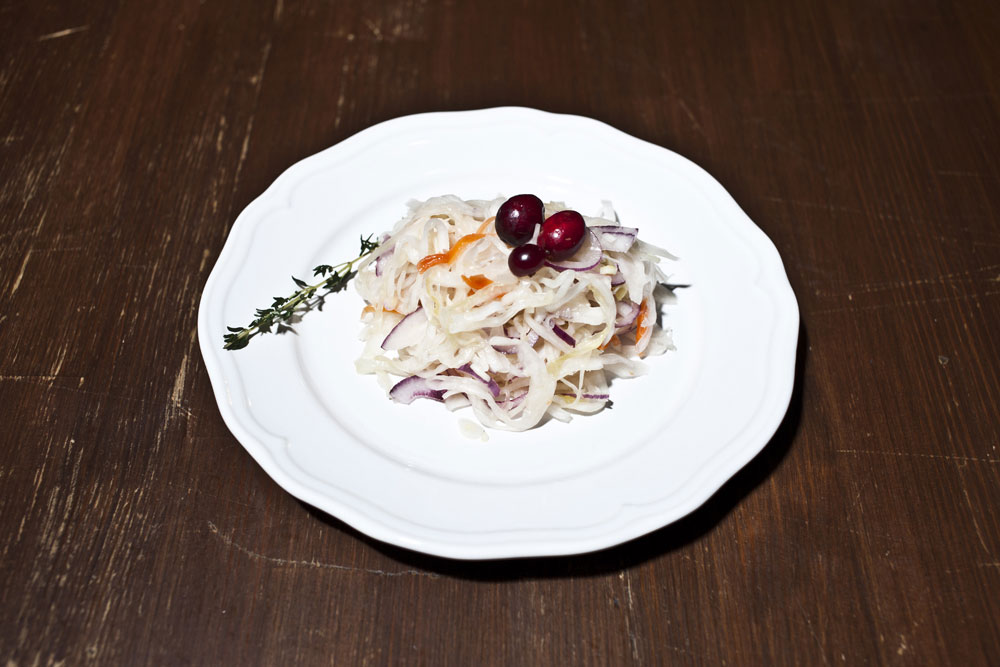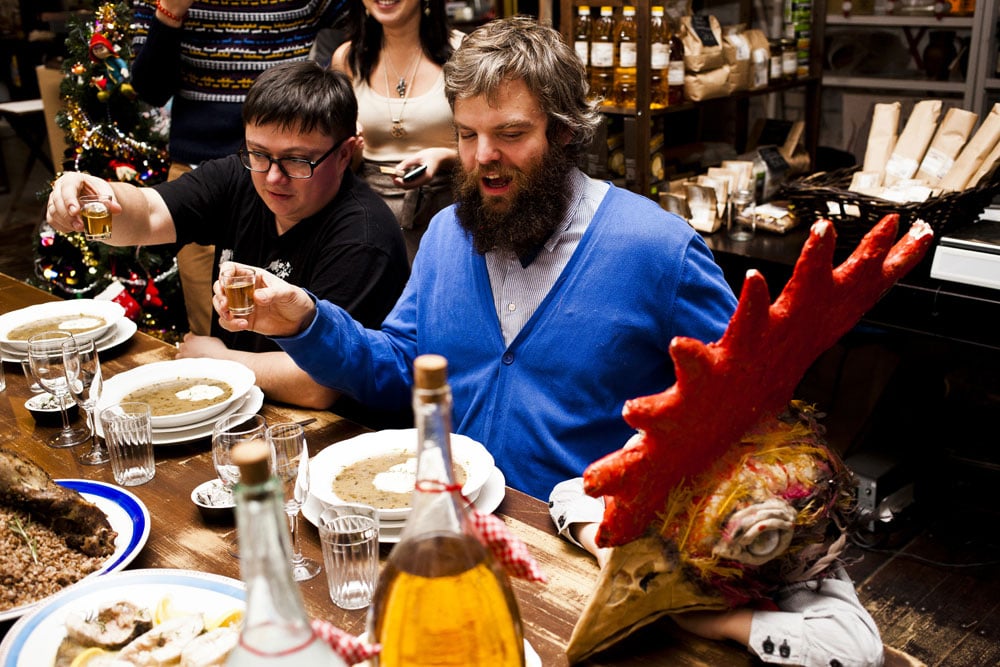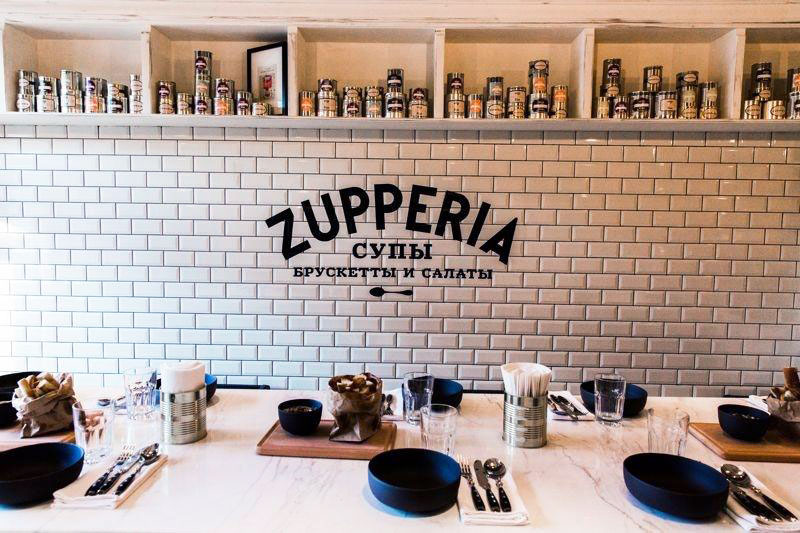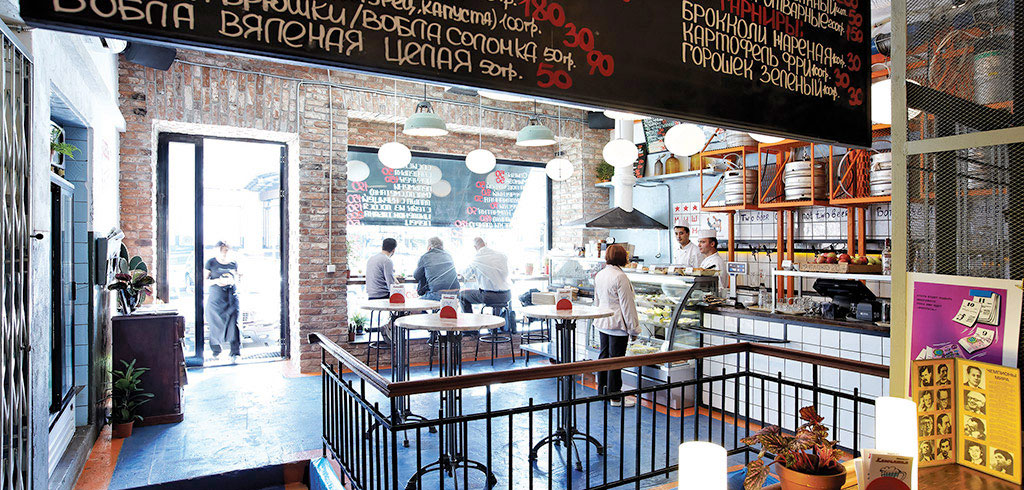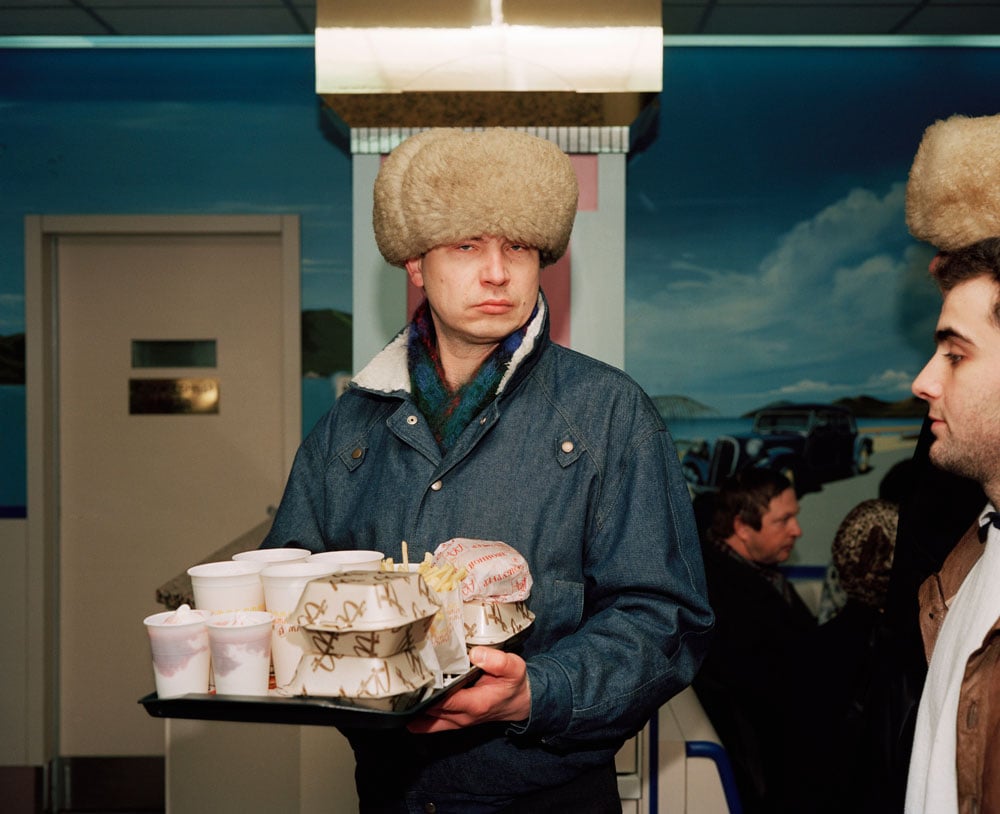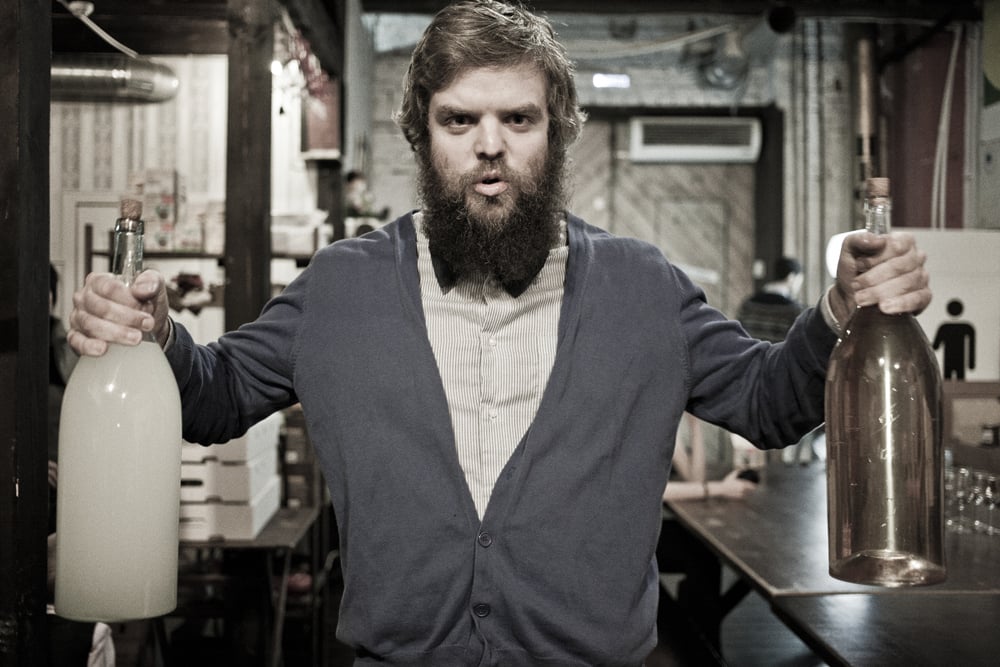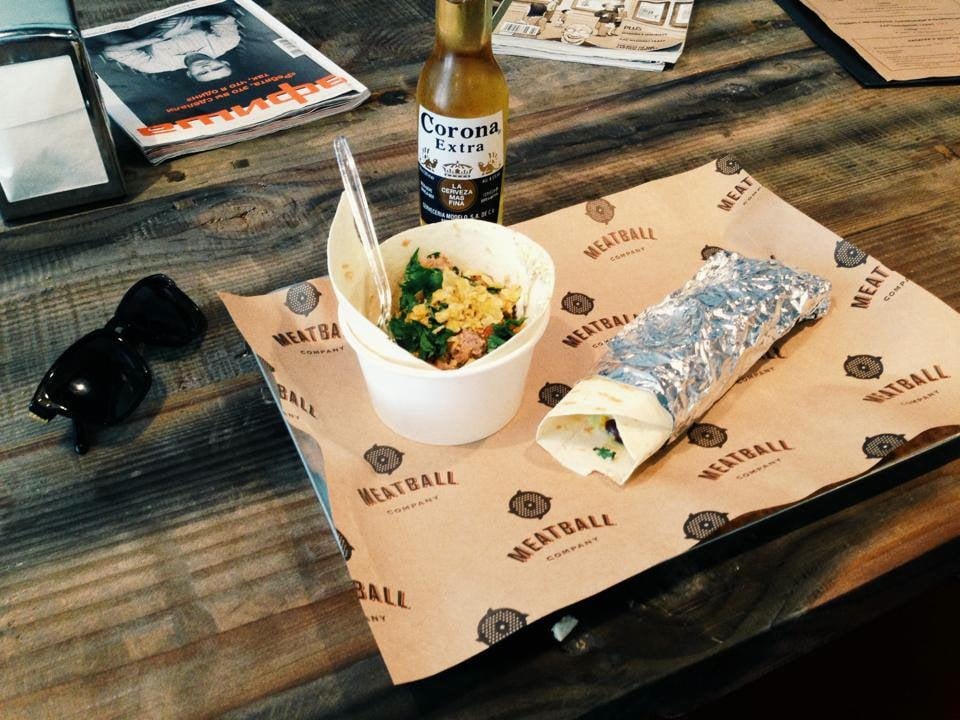You are what you eat: why food, culture and politics go hand in hand in Russia

Food, culture and politics have always been closely intertwined in Russia. As self-imposed sanctions threaten to cut short the pro-European foodie movement, Ivan Nechepurenko considers the role of food in Russia's sense of itself
A good dinner is one of the pleasures of life. That’s what Stiva Oblonsky tells his friend Konstantin Levin as they dine in Moscow’s England restaurant at the beginning of Anna Karenina. Oblonsky orders three dozen Flensburg oysters, a vegetable soup, turbot in a “thick sauce”, roast beef, a capon, sweets, parmesan cheese, a bottle of Chablis and another of champagne. And that’s just for lunch.
Most of these delicacies are about to become extinct in modern-day Moscow, after President Vladimir Putin imposed a ban on imports of certain food products from the EU and US. The ban has caused uproar among the most liberal-minded, internet-friendly segment of the population — the urban middle class known as “global” Russians — latter-day Stiva Oblonskys. The ban that includes milk products, meat, vegetable, fruit and fish was instigated in retaliation to the (mostly financial) sanctions, imposed on Russia by western governments in order to alter what it sees as the Kremlin’s aggressive policy in Ukraine.
Unlike Oblonsky, Levin — who just arrived to the capital from his village in a vain attempt to marry 18-year-old Kitty Shcherbatskaya — frowns upon Muscovites’ extravagant eating habits and orders a Russian cabbage soup and porridge. These dishes — a staple of traditional Russian cuisine — are still widely available in Moscow today, albeit hardly in vogue.
Startled by Levin’s order, the Tatar waiter asks, “Porridge à la russe, your honour would like?” in a condescending tone, bending over to him “like a nurse speaking to a child”. For the waiter, Russian porridge is a foreign dish, perhaps even more eccentric than Flensburg oysters with champagne and Chablis. And, for Levin, eating traditional Russian porridge is not just a way of filling his stomach, but also an act freighted with meaning — simple Russian food is an expression of his back-to-the-land lifestyle and beliefs.
The “gorgonzola” and “cabbage soup” camps are not sworn enemies
Oblonsky is what was known in the 19th century as a “westerniser”, someone who sees Russia as an integral part of a broader European civilisation, while Levin looks for answers in the peculiarity of Russian history, culture and even lifestyle habits, putting him in the rival “Slavophile” camp in the country’s eternal east v west debate. For Levin, Europe — with all its wine and fancy cheeses — muddies the essence of Russia’s Slavic culture. For Oblonsky, these luxuries only reinforce Russia’s identity as a wealthy and noble European state.
The Oblonsky-Levin dinner is a microcosm of today’s Russia, where culinary choices have come to demonstrate allegiance to a certain set of social, cultural and political beliefs. Nevertheless, the fact that the two friends can break bread together shows that the “gorgonzola” and “cabbage soup” camps are not sworn enemies. On the contrary, they appreciate each other, and enjoy a serious argument about the nature and fate of their motherland.
Long before Tolstoy, food had been used as tool to explore Russia’s internal tug-of-war between westernising and Slavic elements in Russia. In Alexander Pushkin’s novel-in-verse Yevgeny Onegin, the eponymous protagonist goes to the Talon restaurant in St Petersburg, where he finds truffles, golden pineapples and Limburger cheese, famous for its pungent, sweaty-foot odour. Onegin’s meal at the Talon is a symbol of his dandyism — a way of life that is beautiful, attractive, but ultimately meaningless.
Not that much has changed, perhaps: modern Moscow’s recent “gastronomy revolution” — as it has been called by Alexei Zimin the editor of foodie bible Afisha Eda — is often accused of being hedonistic and devoid of any moral purpose, something that many Russians of a conservative bent see as the sole meaning of life. Russian political commentator Nikolai Troitsky recently speculated that the whole food ban was masterminded by Putin to reveal how the country’s liberal intelligentsia cannot survive without oysters and prosciutto.
Troitsky’s comment sparked a discussion with prominent contemporary writer Dmitry Bykov, who wondered why pro-government commentators in Russia always emphasise this connection between Russian oppositionists and food. “I understand that fat people are detestable. I know this from my own experience. But why do we always emphasise that the opposition wants to eat? The thing is that food is not at the essence of things,” he told Ekho Moskvy.
Food Funeral (1990) by Oba-Na!
In the early days of the Soviet Union, the government had attempted to make food an everyday meaningless necessity devoid of any meaning and character. Constructivist food factories were built for workers, to feed as many people as efficiently as possible, not to introduce them into the art of high gastronomy. Food was survival, not style and culture.
“Just imagine writing War and Peace on vegetarian sausages!”
Yet, food was never been as sacred as it was in the Soviet Union. Provisions were difficult to obtain, and their absence produced a wide-array of cultural myths. In The Twelve Chairs, a cult-classic comic novel written by Soviet satirists Ilya Ilf and Yevgeny Petrov in 1928, the characters discuss the virtues of vegetarianism, which was then enjoying something of a vogue. One of them remarks that the great Leo Tolstoy was a vegetarian, while the other says “when he was writing War and Peace he was eating meat! He ate, ate, and ate! And when he was writing Anna Karenina, he stuffed himself with it, he did, he did! Just imagine writing War and Peace on vegetarian sausages!” Their novels, like the satirical prose of contemporaries of Mikhail Zoshchenko and Mikhail Bulgakov, who wrote during the same period, is also filled with loving descriptions of food — often dishes that characters, authors and readers alike had little access to.
The Soviet film industry used food to emphasise status. In classic comic science fiction film Ivan Vasilievich: Back to the Future (1973) the protagonists take a time machine back to the era of Ivan the Terrible, where one of them has to act as the tsar himself and the other as his secretary. When a dinner is called the two are amazed by the abundance of food. The table is full of traditional Russian dishes, including pikes’ heads, roast piglets and just a drop of aubergine paste, which is “foreign” and thus scarce even on the tsar’s table. This a sly nod to the Soviet situation, when, despite a scarcity of pretty much everything else, there was an abundance of aubergines.
A scene from Ivan Vasilievich: Back to the Future (1973)
By the time the Soviet Union collapsed, artists could address the scarcity problem directly. When news of Russia’s recent foreign food ban hit the country’s blogosphere, social media users started to share the video of the “food burial” in 1990, when members of the Oba-Na art group and their supporters, dressed in typically grey overcoats with red armbands, marched down Moscow’s main thoroughfare, Tverskaya, in a solemn Soviet-style procession meant to underline the almost complete absence of food in stores.
Eating out became a way of demonstrating one’s good taste, not one’s wealth
The role of food was completely transformed again in the 2000s, when the burgeoning middle classes appeared to have the financial means and leisure time to treat it not as a necessity, but as an essential part of the good life. Eating out became a way of demonstrating one’s good taste, not one’s wealth. Hundreds of restaurants opened in Moscow and St Petersburg, with a definite the emphasis on quality food, not glitzy interiors. While restaurants in the 1990s had theatrical names like Teatro or La Prima, they have been replaced today with scores of “Brasseries”, “Gastropubs” and the like.
These establishments were accompanied by numerous foodie magazines, books and festivals, like Afisha Eda’s annual festival; prominent writer Tatyana Tolstaya posts more recipes than comments or stories on her Facebook account. Traditionally, in Russia, food only became the centre of attention on big feast days like New Year’s Eve, or weddings, but in recent years it has become an everyday exercise of personal taste. Your food’s quality, provenance and health benefits has become more important than ever before in Russia. Almost every Moscow neighbourhood has an organic food store today, with Boris Akimov’s LavkaLavka leading the charge.
But this nascent foodie revolution is now, perhaps, under threat. The food import ban has ushered in the return of the age-old symbolism: nice food = decadence = pernicious western influence. It has also bolstered the confidence of conservative forces who felt attacked by the mockery previously aimed at Russian cuisine — a perceived slight on Russia’s uniqueness and sovereignty. The debate over food culture has entered a new era, and the porridge-loving Levins have got their feet back under the table. But, with no sign of any easing of sanctions, what will be on that table in a few years’ time remains to be seen.
